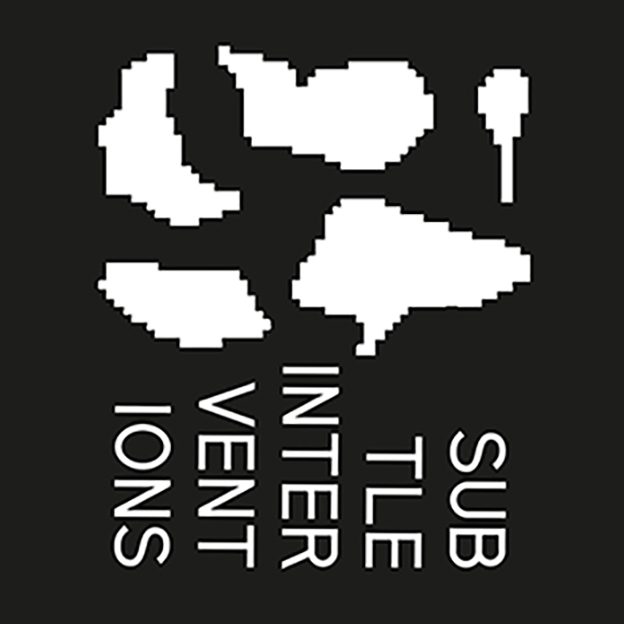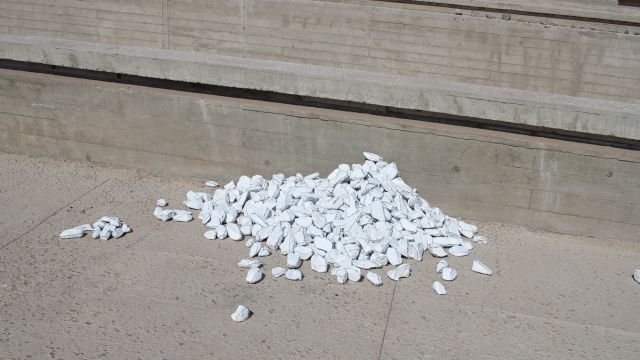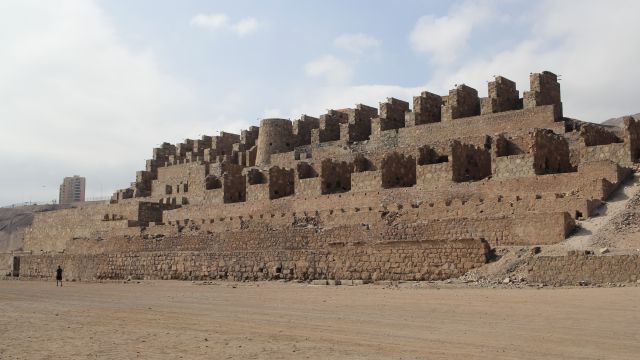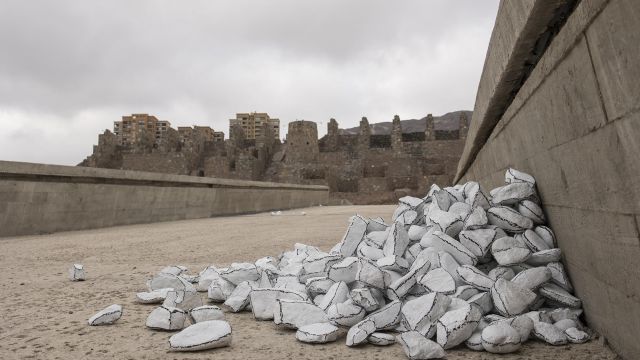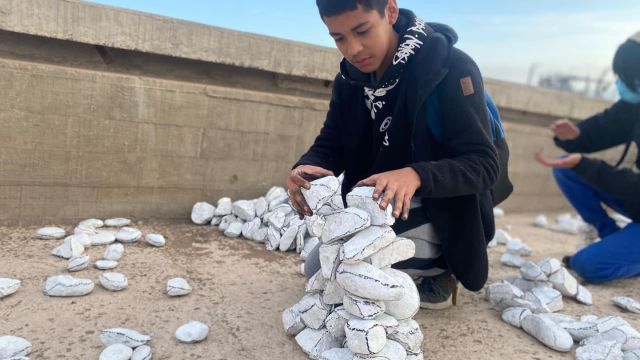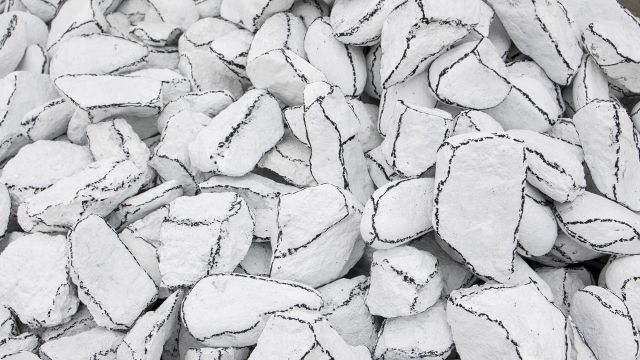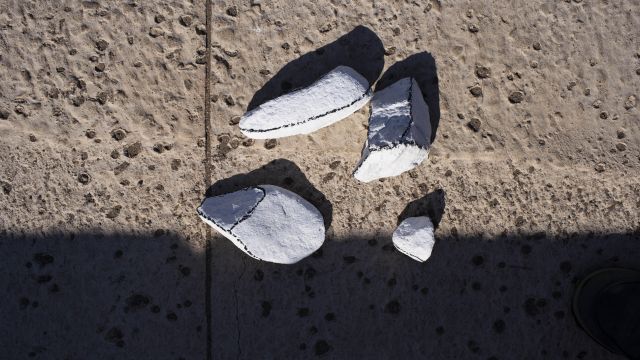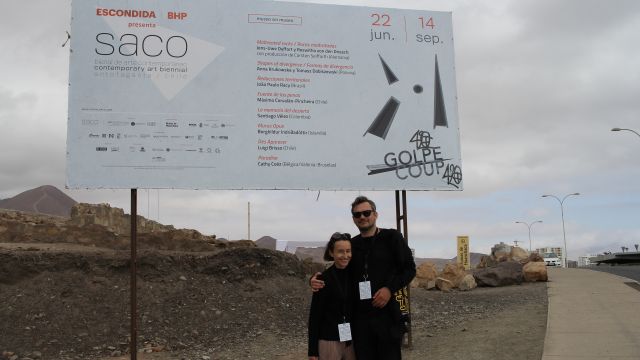english below
Subtelne interwencje to działania artystyczne w otwartej przestrzeni realizowane w różnych miejscach. To próby kulturowego wpisania się w historyczno/geograficzno/społeczną specyfikę wybranego miejsca. 6 artystów i 6 różnych interwencji artystycznych.
Konfrontacja artysty z innymi strukturami kulturowymi – z nieznanym. Interpretacja wiąże się zawsze z osobistym doświadczeniem i wiedzą. Jako twórcy działający w otoczeniu naturalnym i kulturowym powinniśmy działać wrażliwie, subtelnie. Wybieramy miejsca, które są wyjątkowe pod względem przenikania i ewoluowania dziedzictwa materialnego, niematerialnego, naturalnego i cyfrowego. W ramach drugiej edycji projektu Subtelne Interwencje odwiedziliśmy Sardynię. Właśnie z tym miejscem postanowiliśmy wejść w międzykulturowy i interdyscyplinarny dialog. Każdy z artystów podejmuje inne strategie artystyczne, które tworzą szerokie spektrum interwencji w przestrzeni zastanej, jako instalacje o charakterze ulotnym i performatywnym. Ważny staje się nie tylko kontekst miejsca, ale również kontekst kulturowy wynikający z historii okresu jej świetności oraz procesu komercjalizacji i degradacji środowiska dla potrzeb turystyki. Ciekawym tropem dla artystów jest zderzenie wyobrażeń o wyspie i państwie, kontrast stereotypów i ogólnie znanych faktów z zastaną przestrzenią, światłem, klimatem, kolorami.

Subtle
Interventions are artistic acts performed in various open
spaces.
They are attempts to fit in the historical, geographical,
and
societal specifics of a given place. 6 artists, 6 separate
artistic
interventions.
The artist confronts cultural
structures which are unlike his own —
the unknown.
Interpretations always depends on personal experience and
knowledge.
As creators who work in natural and cultural environments,
we
should be sensitive and subtle in our ways. We choose places
which
are unique in terms of the interspersion and evolution of
material, as
well as immaterial heritage — both the natural and
the digital. As
part of the second edition of the Subtle
Interventions project, we
visited Sardinia; this is the place we
have chosen to engage in
cross-cultural and interdisciplinary
dialogue with. Each artist takes
on their own artistic strategies,
which form a wide gamut of
interventions in existing spaces as
ephemeral and performance-like
installations. Not only does the
context of the place become
important, but also the cultural
context, which originates from its
golden era and the process of
commercialization and degradation it was
subjected to for
tourism’s sake. One interesting lead for the artists
has been the
clash of their expectations about the island and the
country,
stereotypes, and well-known facts with the space they really
came
across, its light, climate conditions, and colours.
